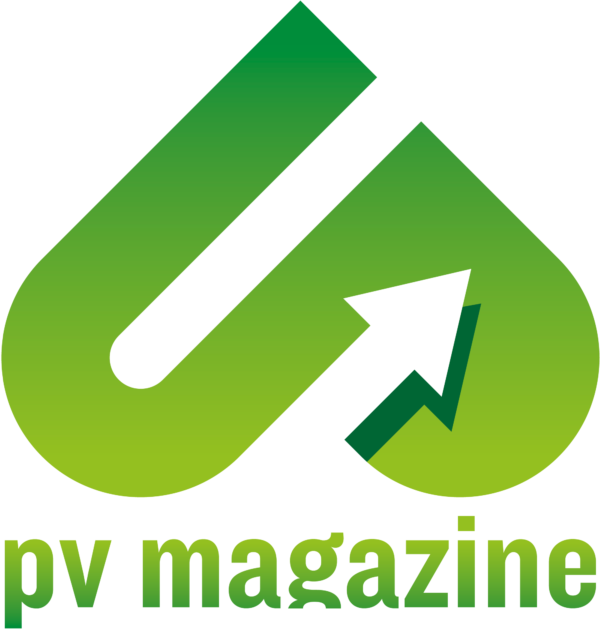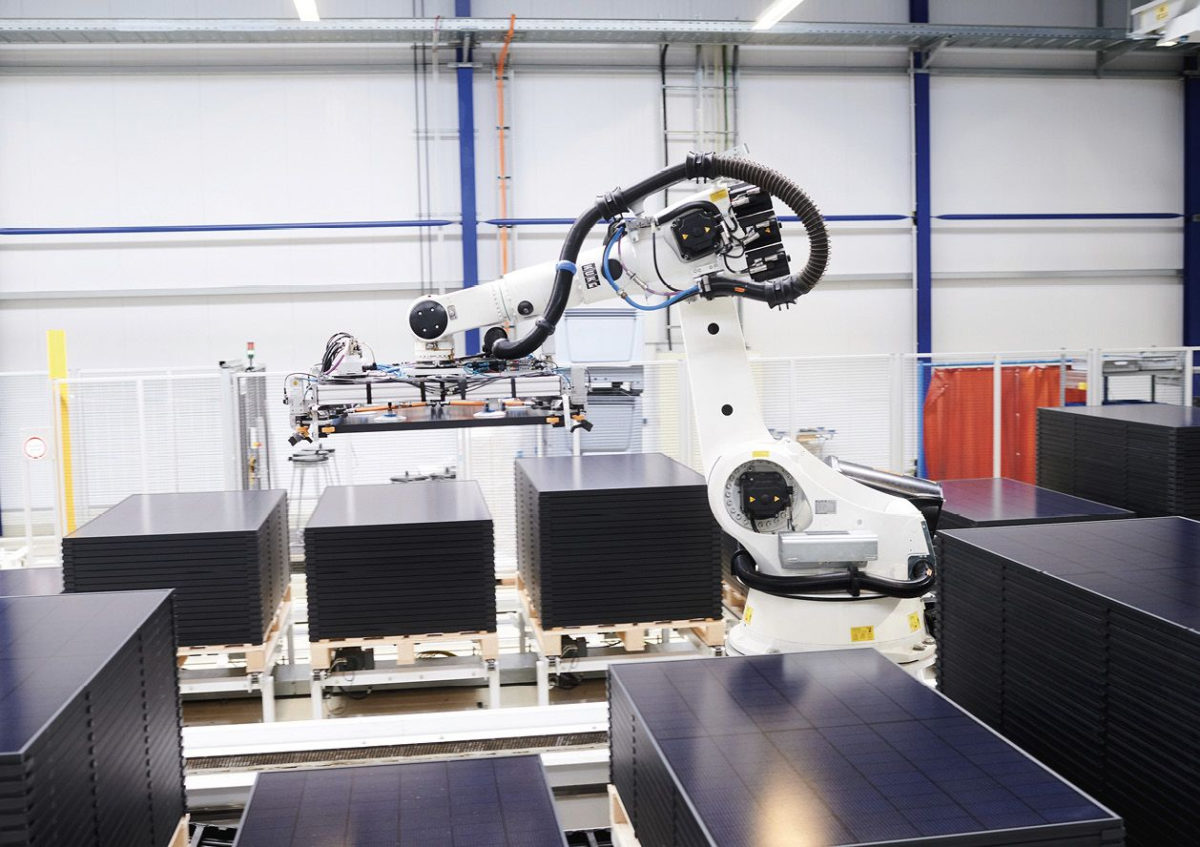Six months on, the reality of US President Joe Biden’s IRA legislation is resonating with world leaders, firing the starting gun on the global race for clean energy. In response, the EU is developing a Green Deal Industry Plan. A Net-Zero Industry Act, expected this month, will set out a regulatory framework with industry targets and speedier factory permitting.
EU member states are working with the European Commission to update subsidy rules to allow countries to support industry more effectively. At present, national subsidies must be approved by the commission and member states want more freedom to introduce measures such as cleantech tax breaks.
 The bloc has promised easier, more flexible access to EU funding pots, such as the Innovation Fund, and will open a Sovereignty Fund for cleantech this summer once budgets have been reshuffled.
The bloc has promised easier, more flexible access to EU funding pots, such as the Innovation Fund, and will open a Sovereignty Fund for cleantech this summer once budgets have been reshuffled.
While the technologies to benefit have not been specified, €30 billion ($31.9 billion) of public and private cash will be needed to reach the EU solar target of 30 GW of manufacturing capacity by 2025.
As the leading energy transition technology, and a key lever in global supply chain competition, solar – and a strict list of contemporaries – should receive support. The Green Deal Industrial Plan shouldn’t be undermined by a lack of focus and a messy smorgasbord of energy technologies. There is also urgency, as the draft subsidy flexibility plans run only until 2025 – the IRA runs through 2033.
While debate continues over subsidy and finance, we can’t ignore the fact European manufacturers face double the energy prices paid by Chinese rivals, and pay three times more than rivals in the US.
That’s the supply side; investment into European solar manufacturing also needs to be backed by demand-side policies which balance leveraging Europe’s sustainability advantages with a commitment to free markets and global supply relationships.
This could start with an EU-wide “best-in-class” definition based on environmental, social, and corporate governance (ESG) criteria. The goal would be to recognize and reward higher-ESG-performing products and inform offtakers of the higher ESG performance of such goods.
The definition should be based on high thresholds so that it only recognizes the top performing products – perhaps the top 10%. It is important to note best-in-class solar labeling would be different from EU eco design requirements, which are mandatory and establish a minimum market entry to exclude the worst performers from the European market. Of course we want to streamline red tape and avoid duplication, so a new best-in-class solar label should be aligned with existing methodologies.
Potential criteria
The environmental criteria for best-in-class solar would ideally be based on, and aligned with, EU green public procurement (EU GPP) criteria for PV products. However, since EU GPP rules for solar products are still in the works, we should look at existing PV sustainability labels.
The EPEAT eco label for solar products could be a starting point until EU GPP rules become available. The fundamental environmental criteria should include lifecycle carbon footprint, lifetime energy yield and efficiency, material efficiency, and circularity criteria, as well as the warranty on modules or inverters.
On the social and corporate governance aspect of ESG, best-in-class solar would build on international standards and industry best practice in supply chain transparency.
We can use criteria from the industry’s dedicated end-to-end assurance scheme – the Solar Stewardship Initiative (SSI). The current version of the SSI code is set to be revised and implemented before the end of the year and is built on the principles of respect for human rights, fair and safe working conditions, freely chosen employment, anti-corruption, and responsible sourcing.
Offtakers and consumers will need to trust best-in-class solar labeling. It follows that the certification process should follow a rigorous, third-party verification procedure to confirm that all information is reliable and claims are substantiated.
Once we have the label, what do we do with it? At a minimum, the best-in-class solar label can be used in the direct public procurement of PV products by public authorities, for example for rooftop panels on municipal buildings.
To maximize best-in-class solar potential, we can look at the one-third or so of solar installations in the EU that come from public procurement and auctions – according to SolarPower Europe’s 2022 estimate. In this context, voluntary best-in-class solar labeling would earn bonus points in competitive tendering processes and drive up demand for the label within a significant market share. Ultimately, this categorization could even be taken up by the private sector and become a benchmark for business-to-business procurement on a voluntary basis.
There are few that would disagree that Europe may be a little late out of the starting blocks when it comes to cleantech industrial planning. Around the world, China, the US, and India have all started their respective sprints. The Green Deal Industrial Plan is a chance to catch up and join the race to the top. With financial support and a best-in-class label supporting Europe’s run, we may even find ourselves on the podium.
 About the author: Dries Acke is the policy director at SolarPower Europe. Before taking up the role he was the director of the energy systems program at the European Climate Foundation, in Brussels. He has also worked at Apple, Inc., in the EMEA [Europe, Middle East and Africa] public affairs department.
About the author: Dries Acke is the policy director at SolarPower Europe. Before taking up the role he was the director of the energy systems program at the European Climate Foundation, in Brussels. He has also worked at Apple, Inc., in the EMEA [Europe, Middle East and Africa] public affairs department.
This content is protected by copyright and may not be reused. If you want to cooperate with us and would like to reuse some of our content, please contact: editors@pv-magazine.com.

